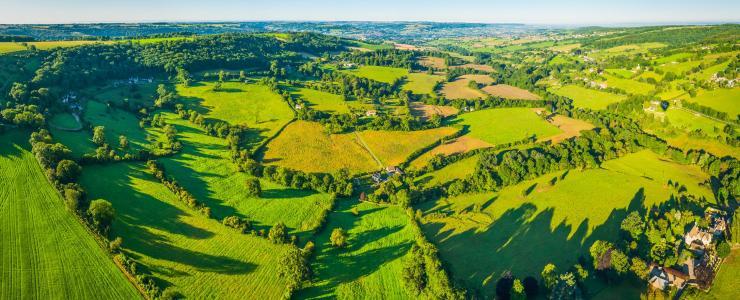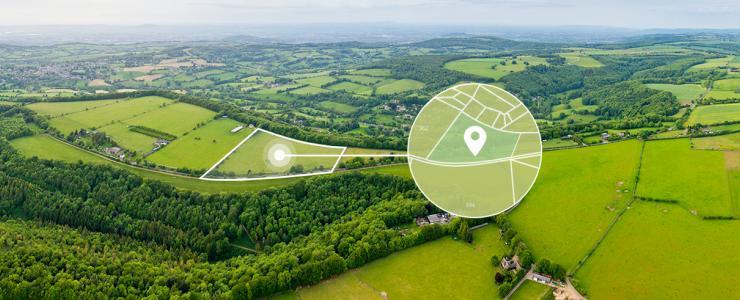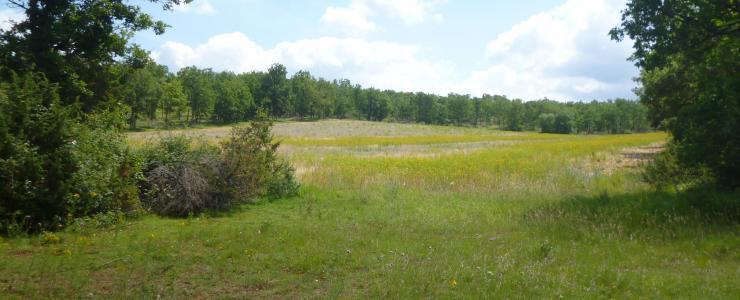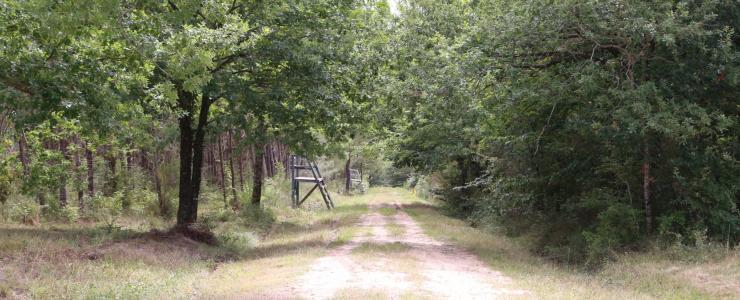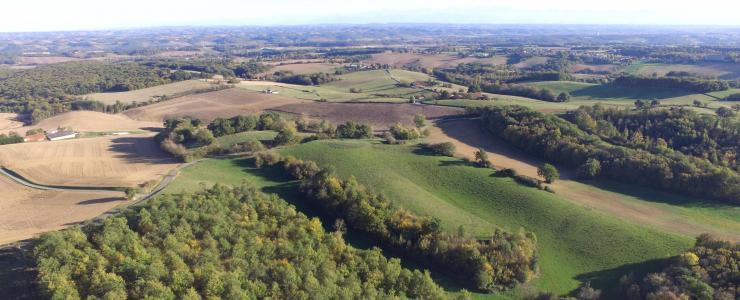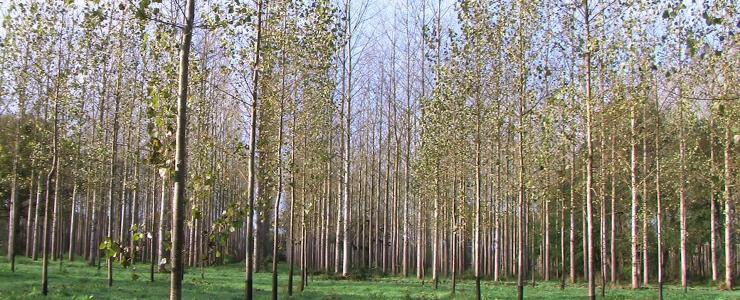The land register, the basis of ownership
What does a cadastral parcel comprise? How do you read a cadastral plan? Denys de Soultrait takes us through the definition and various components to decipher the cadastral record, your property’s identity card.
Definition
The cadastral parcel is described in two elements:
- The cadastral roll containing information on the owner and the plot
- The plan that locates the plot within space.
From a fiscal and cartographic point of view, the cadastral parcel defines a property. Let's look at how a cadastral parcel is made up.
The cadastral plan, or the visualization of the plot within space
A cadastral parcel is defined by a municipality>, a section > a number. It therefore has a unique identifier, so that it can be precisely located. A property is composed of one or more cadastral parcels, which may not be adjoining.
The French cadastral map can be consulted via the IGN geoportal website or via cadastre.gouv, although you cannot obtain any information other than the capacity, section and number of the parcel.
It is well worth consulting the geoportal website before visiting a forest visit, because you can superpose the cadastral map with an aerial photo, for a ‘bird’s-eye view’ of the property.
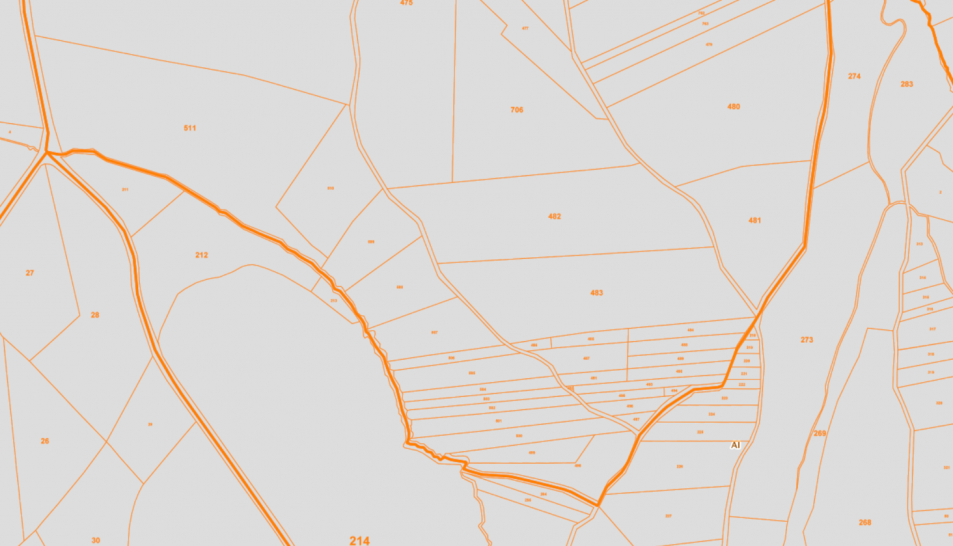
Example of a cadastral plan
The cadastral roll, a wealth of information
This sets out the ‘attributes’ of the parcel: identification, description and fiscal information. The list below shows the main items:
- The name of the owner and their contact details;
- Identification of the parcel (section – number - address);
- The cadastral surface area (which often differs slightly from the area calculated using mapping software);
- The land use of the parcel (information declared, to be checked on the ground) ;
- The cadastral income that you can use to calculate the property tax;
- The rate and year of end of exemption from property tax if a plantation has been declared to the authorities.
The cadastral roll can be consulted in the municipal council offices by land owners or under their mandate.

Cadastral roll extract
Worth knowing...
The cadastral roll is not proof of ownership; only a notarial deed (sale, succession) can be used for this purpose. When there is a change of ownership, it takes several months to update the cadastral roll. Similarly, it takes about a year to update the online cadastral plan after the division of parcel into several smaller plots.
Do not forget to notify the tax authorities of a change in the use in the event of afforestation or reforestation. This can mean the owner is exempt from property tax for up to 50 years.




